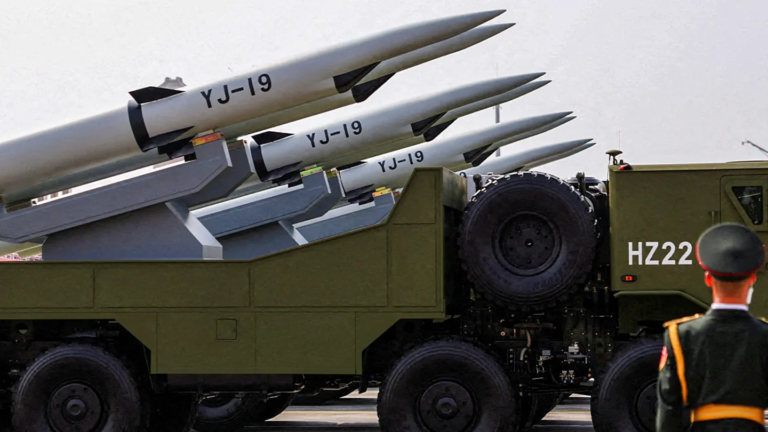
The return of Donald Trump to the White House poses great uncertainty for the critical China-U.S. relationship. Some believe that relations will improve because Trump, unlike his predecessor, Joe Biden, is non-ideological. Trump is a transactional deal-maker who wants to avoid wars. Some have even cited early signs of surprising warmth in his rhetoric toward China. Trump claimed in January 2025 that he has “always had a great relationship” with Chinese President Xi Jinping.
Yet Trump’s campaign platform is defined by exorbitant trade protectionism. It is almost certain that he would impose steep hikes in tariffs on many of the United States’ largest trading partners, including China. He has already begun, with tariffs of an additional 10 percent being applied to all imports from China starting in early February. Trump’s mercurial and erratic nature has reinforced the Chinese leadership’s strategic conviction that it must prepare for the worst.
However, while relations between the U.S. and Chinese governments are unlikely to improve, the relationship between the two peoples can still weather the storms ahead. Bridge-building by the youth of both countries, especially those aged under 35, remains possible – and necessary. Indeed, the youth have already begun doing so.
In mid-January, as news emerged of a possible, imminent ban on TikTok in the United States (which was subsequently delayed by the Trump administration), millions of American TikTok users flocked to the Chinese social media platform RedNote (Xiaohongshu). In one instance, over 50,000 American and Chinese users assembled in one room, titled “TikTok Refugees.”
For many American content creators, this excursion offered them their first glimpse into the lives of ordinary Chinese youth, including contemporary Chinese subcultures. These encounters cast reasonable doubt over some of the more hysterical portrayals of China’s economy and society in international media.
The mass migration of “TikTok Refugees” ended up humanizing the heavily stigmatized and exoticized “Other.” As one Chinese user put it, the Chinese and American users proved to be “more similar than different.” Learning Chinese became a matter of necessity for devoted American influencers who wished to remain on RedNote. In January 2025, Duolingo posted a 216 percent growth in new Mandarin learners as compared with the same time period last year.
The TikTok-RedNote saga exemplified the immense potential of youth subcultures in clarifying misunderstandings and humanizing the other in the China-U.S. relationship. This stands in sharp contrast to elite political discourse on the bilateral relationship, which is increasingly underpinned by suspicion and acrimony. A paper published by Michael Cerny and Rory Truex last December found that one-fourth of 500 surveyed U.S. foreign policy and national security professionals reported “professional pressure” on them to “voice a more hawkish point of view towards China” – thereby contributing toward hawkish groupthink. Similarly, many in the Chinese elite are wary of what Wang Jisi termed an “American strategy to Westernize and split up China.”





